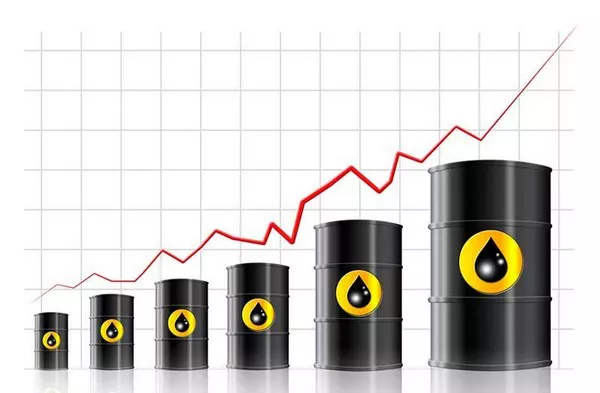West Texas Intermediate (WTI), the benchmark for U.S. crude oil, edged lower to around $62.00 per barrel during Thursday’s Asian session as growing fears of an oil oversupply pressured prices. The drop follows signals from Saudi Arabia and OPEC+ that additional production increases may be on the horizon.
On Saturday, the Organization of the Petroleum Exporting Countries and its allies (OPEC+) agreed to extend their output hikes, planning to raise production by 411,000 barrels per day (bpd) in July. This follows similar monthly increases in May and June as the group continues to ramp up supply.
Citing sources familiar with the matter, Bloomberg reported that Saudi Arabia is open to pushing for even larger output hikes in a bid to gain market share and undercut fellow OPEC+ members like Iraq and Kazakhstan, who have been exceeding production quotas. The strategy is seen as a potential effort to drive down prices and reinforce discipline within the alliance.
These developments have revived concerns over a global oil glut, which are now weighing heavily on WTI prices.
Adding to the pressure, the U.S. Energy Information Administration (EIA) reported a massive 5.2 million-barrel surge in gasoline inventories last week—far above the 600,000-barrel build forecast by analysts. However, crude oil inventories in the U.S. fell by 4.304 million barrels during the same period, a deeper drawdown than the market expectation of a 900,000-barrel decrease.
Despite the bearish supply signals, geopolitical tensions between the United States and Iran have helped limit WTI’s downside. Iranian Supreme Leader Ayatollah Ali Khamenei expressed skepticism over the success of ongoing nuclear negotiations with Washington. In response, former U.S. President Donald Trump issued a warning, stating that Tehran would face “something bad” if it failed to accept a U.S. proposal promptly.
The combination of swelling gasoline stockpiles, looming supply increases from OPEC+, and unresolved U.S.-Iran tensions continues to fuel volatility in crude markets as traders weigh competing forces on both supply and demand fronts.


